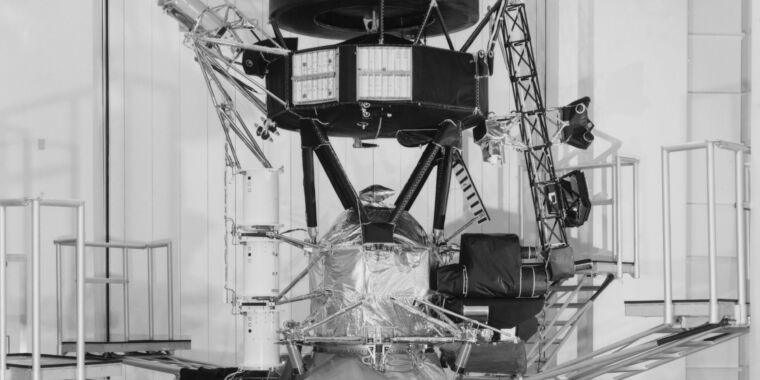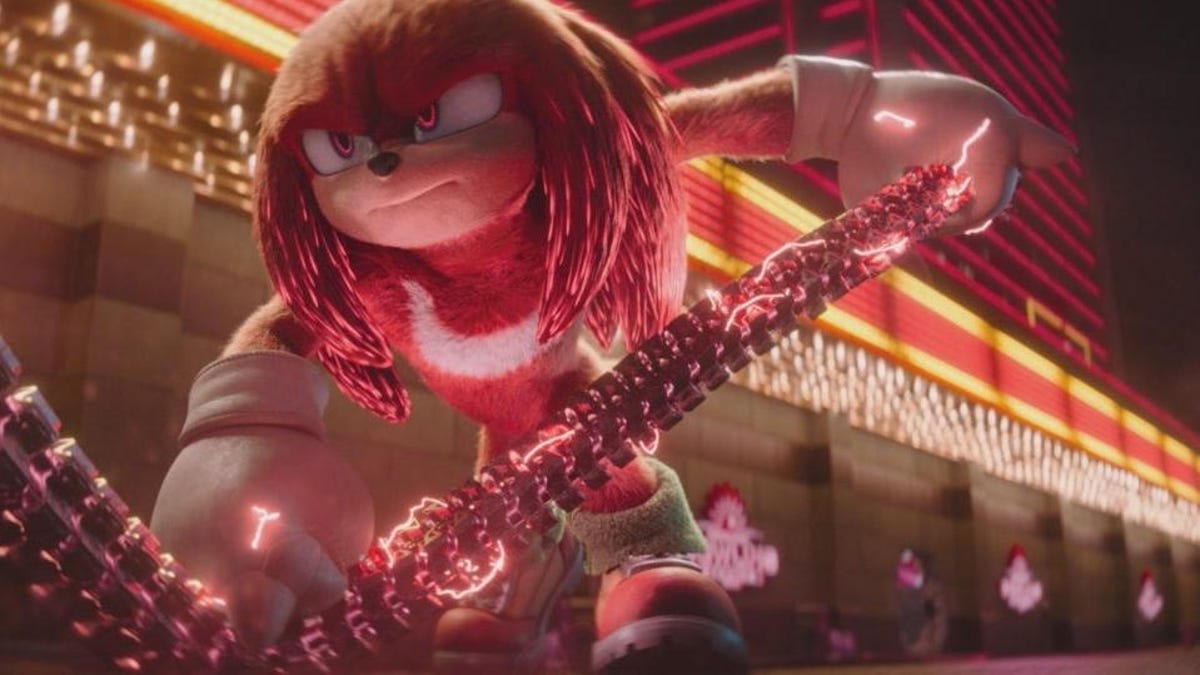Engineers Successfully Identify Issue Affecting NASA’s Voyager 1 Probe
After nearly five months of transmitting gibberish data, NASA’s Voyager 1 probe had raised concerns about the spacecraft’s future. However, engineers have recently determined the root cause of the issue, offering renewed hope for the recovery of this historical spacecraft.
Understanding the Problem
Voyager 1, currently located some 15 billion miles (24 billion km) away from Earth, initiated the transmission of unreadable data to ground controllers on November 14. Despite the ongoing signal, NASA faced difficulty interpreting the information being sent back by the spacecraft.
After thorough analysis, engineers at NASA’s Jet Propulsion Laboratory (JPL) in California pinpointed a section of corrupted memory within Voyager 1’s Flight Data System (FDS) as the culprit behind the communication malfunction. This corrupted memory, accounting for roughly 3% of the FDS storage, hindered normal operations and data transmission from the spacecraft.
The Challenges Faced
Suzanne Dodd, the project manager for Voyager, expressed the severity of this issue, referencing it as one of the most significant challenges the mission has faced so far. The Voyager 1 and its twin, Voyager 2, launched in 1977 and have become the longest-operating spacecraft in NASA’s history. Despite their age, the Voyager probes continue on their journey through space, with Voyager 1 marking humanity’s farthest reach into the cosmos.
The complexities were further compounded by the spacecraft’s distance from Earth, requiring a considerable time delay for communication. As Voyager 1 transmits data packages consisting of a repetitive binary code, engineers on the ground had to strategize alternative methods to diagnose and resolve the issue.
Innovative Solutions
The Flight Data Subsystem used by Voyager 1, an early development in spacecraft computing, presented unique challenges due to its outdated technology. Engineers had to resort to examining historical documents and blueprints to devise a plan to address the corrupt memory issue.
Following extensive brainstorming and collaborative efforts, a command was successfully executed in March to prompt Voyager 1 to provide data regarding the faulty memory section. This command revealed a different signal, indicating progress in isolating and resolving the problem.
Path to Resolution
Engineers suspect that a malfunctioning chip within the FDS memory might be responsible for the communication glitch. While the exact cause remains uncertain, two potential scenarios involve an energetic space particle impact or mere hardware degradation over the spacecraft’s long operational lifespan.
Despite the challenges posed by Voyager 1’s vast distance and limited communication windows, NASA remains optimistic about devising a resolution. With a focus on reconfiguring the FDS to bypass the faulty memory hardware, the team aims to restore normal operations on Voyager 1, enabling the spacecraft to resume its scientific and engineering data transmission.
Although the process may extend over weeks or even months, engineers remain committed to overcoming the obstacle and rejuvenating Voyager 1’s functionality for future space exploration endeavors.
Image/Photo credit: source url





